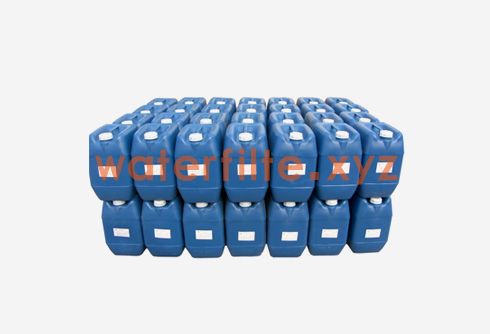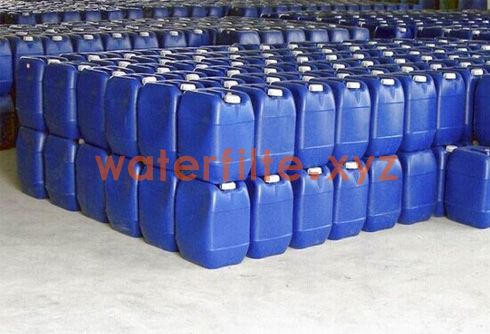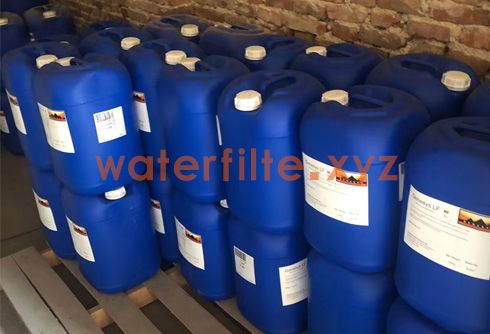Water treatment chemicals
In the water treatment process, in order to improve the water treatment effect or to maintain the equipment, it is necessary to add appropriate amount of agents to improve the water quality.
 400-6783435
400-6783435
Product Details
Pharmacy introduction:
In the water treatment process, in order to improve the water treatment effect or to maintain the equipment, it is necessary to add appropriate amount of agents to improve the water quality. The following are some commonly used water treatment agents:
Mixing (flocculating) coagulant:
Commonly used mixing (flocculation) coagulants are inorganic polyaluminum chloride (PAC), polyferric sulfate (PFS) and organic polyacrylamide (PAM). According to the test results, adding different amounts of coagulant can make the charged colloid in the water grow up and condense into large particles, and then through the action of gravity, large particles in the water are deposited to the precipitation area of the equipment, or through the filter medium to intercept large particles, reduce suspended solids and turbidity, so that the water production becomes clear.
Disinfectant:
Fungicide is a kind of strong oxidation or reducing agent, through its oxidation or reducing on the water bacteria, viruses, algae, organic matter and other active organisms to kill, so as to prevent bacteria and other active organisms in the water treatment equipment and pollution of water quality. At present, the commonly used fungicide in the water treatment process is oxidizing hypochlorous acid, and a small part of adding reductive fungicide.
Adsorbent:
Commonly used disinfectant sodium hypochlorite and organic polyacrylamide (PAM) according to the test effect in different amount of coagulant of charged colloid steady grow up, can make the water condenses into larger particles, and then by gravity, the water particle deposition to the equipment of precipitation area, or through a filter medium intercept live large particles, reduce the suspended solids and turbidity, water production to clarify.
Scale inhibitors:
Scale inhibitor is a kind of agent which can disperse the insoluble inorganic salt in water, prevent or interfere the precipitation and scaling of the insoluble inorganic salt on the metal surface, and maintain the good heat transfer effect of the metal equipment by preventing the combination and growth of the insoluble salt between crystals. Generally, organophosphorus, polycarboxylic acid and composite scale inhibitors are often used in reverse osmosis system, which can effectively prevent scaling on the membrane surface caused by concentration polarization, and can remove scaling and prevent the formation of scale. It is also used in industrial circulating water to improve the concentration rate, reduce pollutant discharge and improve the utilization rate of water. Generally, it can save more than 60%, which is in line with the new policy of energy saving and emission reduction in China.
Reducing agent:
A reducing agent is a reductive agent. Mainly used in reverse osmosis and other membrane systems, due to the addition of oxidants in the process of water treatment and the generation of active chlorine, reverse osmosis and other membranes will cause irreversible oxidation, resulting in a decline in membrane flux. Adding appropriate amount of reducing agent can effectively ensure that the membrane in the membrane system is not oxidized. At present, the commonly used reducing agents for water treatment are sodium bisulfite and hydrogen peroxide, etc.
Acid:
Acid is a kind of material that can hydrolyze and ionize hydrogen ions. It is mainly used to adjust the pH of water and dissolve some of the regenerative agents of cation exchange resins. Water treatment commonly used inorganic acid hydrochloric acid and sulfuric acid, organic acid has citric acid and so on.
Lye:
Lye is a kind of material that can hydrolyze and ionize hydroxide ions, which is mainly used to adjust the pH of water and also used as a regenerating agent of anion exchange resin. Inorganic lye commonly used in water treatment include sodium hydroxide and calcium hydroxide.










